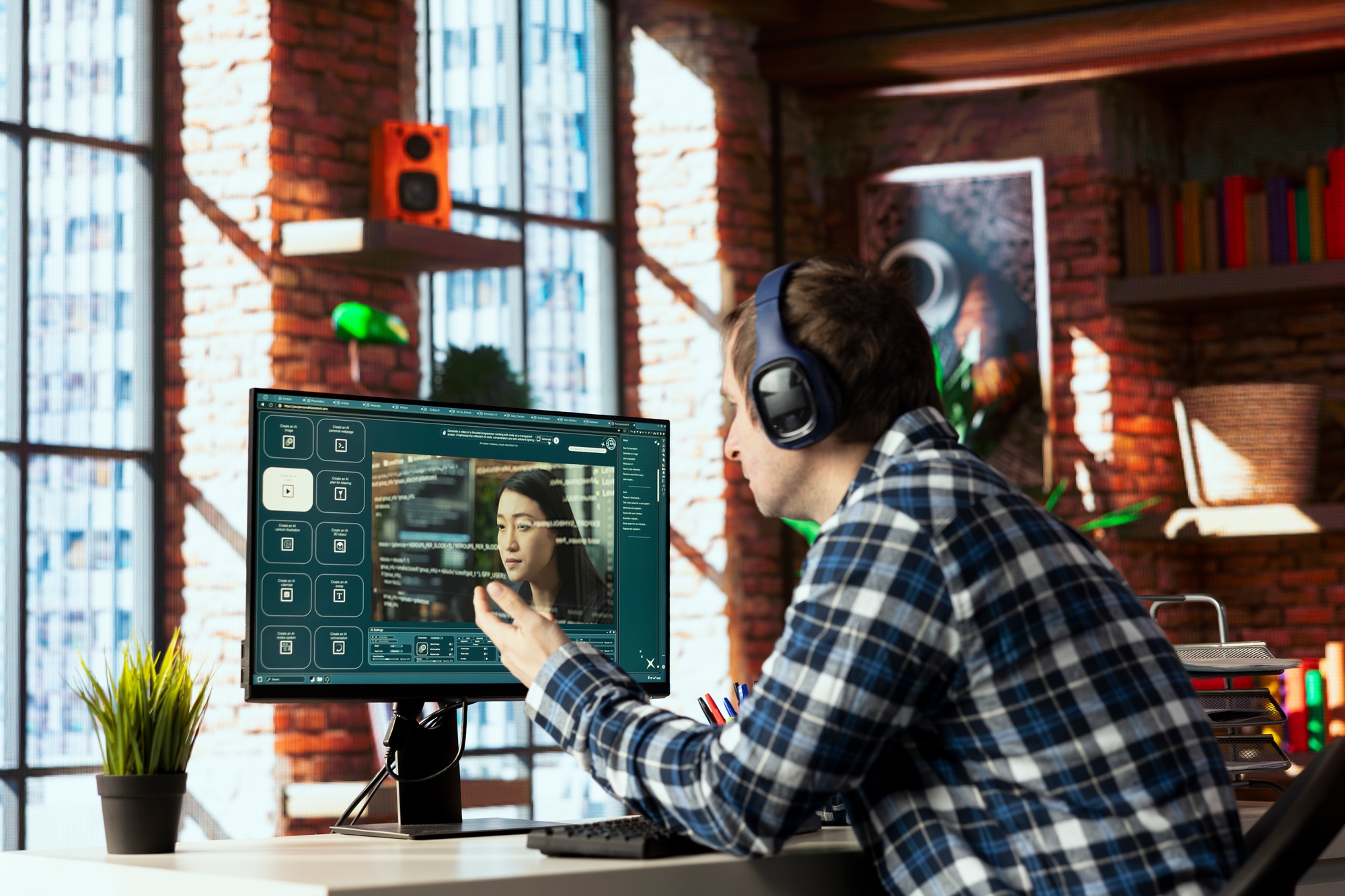In today’s fast-paced digital world, artificial intelligence is reshaping how content is created and consumed. Yet, with these new capabilities come serious questions about ownership and fairness. If you’re wondering how the latest AI developments might affect the news you trust, read on. This article unpacks the emerging lawsuit against AI content theft and its potential impact on creators, news media, and even you.

The Rise of AI in Content Creation
AI-driven tools have made headlines by generating text that sounds as if it were written by humans. These systems are trained on enormous datasets—often including copyrighted news articles, blogs, and reports—raising concerns about the unauthorized use of original work. While AI offers remarkable efficiency and creative potential, its methods of sourcing data have sparked a heated debate over intellectual property rights.
Understanding the Lawsuit
What’s at Stake?
At the heart of the lawsuit is the claim that some AI companies have been using copyrighted news content without permission. News organizations, which invest significant resources in investigative reporting and accurate information dissemination, argue that this practice undermines their hard work and devalues their contributions.
The Legal Battle: Fair Use vs. Unauthorized Use
One major point of contention is the application of the fair use doctrine. AI developers assert that using large amounts of data to train their models is transformative—meaning the output is different enough to qualify as new content. However, critics contend that if the generated output closely mirrors the original material, it effectively amounts to content theft. The lawsuit challenges whether these transformations are substantial enough to sidestep copyright infringement.
Why This Matters to You
Protecting Original Work and Journalistic Integrity
The lawsuit is more than a legal dispute—it’s a battle over the future of content creation. If news organizations lose control over their intellectual property, the quality and reliability of information might suffer. For readers like you, this could mean less accountability in journalism and a shift toward homogenized content produced by algorithms.
Balancing Innovation and Fair Compensation
While AI technology is advancing rapidly, its benefits should not come at the expense of those who create original work. The outcome of this lawsuit could set important precedents for how content is used, ensuring that innovation is balanced with fair compensation for creators. This could lead to more transparent practices, licensing agreements, and even digital watermarking technologies to safeguard original content.
A Call for Transparency and New Legal Standards
The current dispute also underscores the need for clearer guidelines in the digital age. As AI companies and news organizations negotiate these murky waters, there’s a growing call for policies that protect creative rights while still fostering technological progress. Future legislation might offer more robust definitions of fair use tailored specifically for AI, ensuring that new technological advances respect the value of original work.

Frequently Asked Questions
1. What is the main concern behind the AI content theft lawsuit?
The lawsuit centers on allegations that AI companies are using copyrighted news content without permission to train their models, potentially devaluing original reporting and undermining the rights of content creators.
2. How do AI companies defend their use of copyrighted material?
AI developers argue that their methods fall under the fair use doctrine because the training process transforms the original content into something new and innovative. However, critics argue that if the output closely mirrors the original work, it does not qualify as fair use.
3. How might this lawsuit impact the future of news media and what you read?
A ruling in favor of news organizations could enforce stricter controls on how content is used, ensuring fair compensation for creators and preserving high-quality journalism. On the other hand, a decision favoring AI companies might encourage broader data usage, potentially affecting the diversity and reliability of news content in the long run.
Conclusion
The AI content theft lawsuit is a pivotal moment in the digital age, challenging us to balance the promise of innovation with the need to protect original, high-quality work. As this legal battle unfolds, it’s essential for both creators and consumers to stay informed. After all, the way we handle these new rights today will shape the media landscape—and the news you rely on—for years to come.
Sources News Media Alliance


